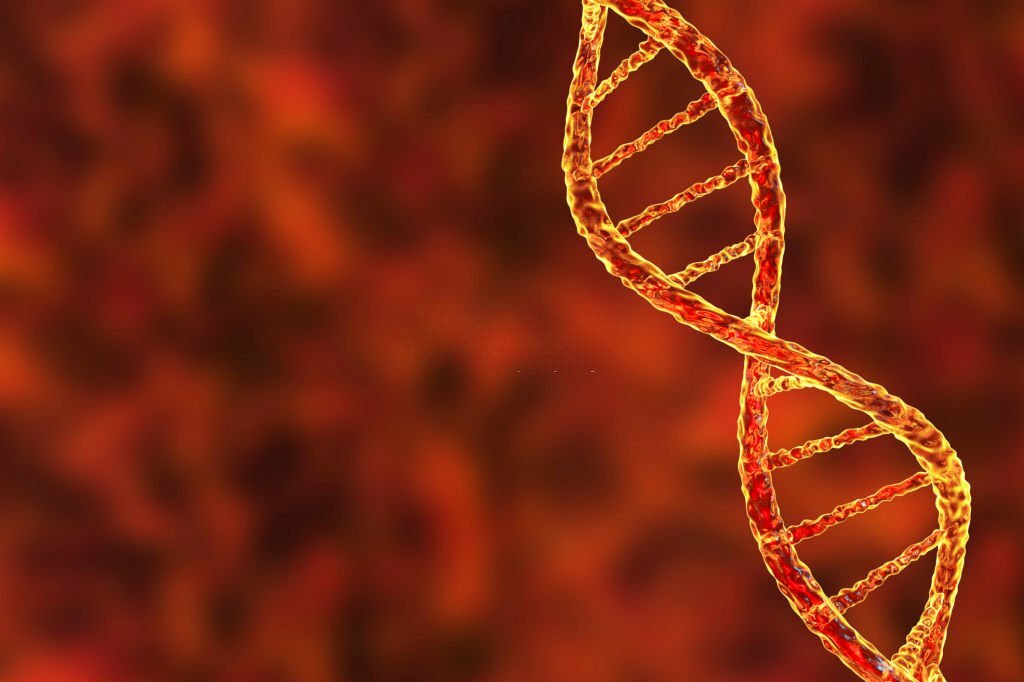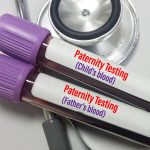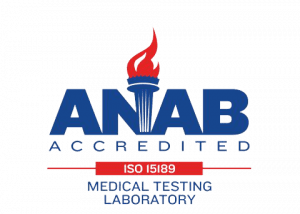Every cell, except erythrocytes, has genetic material called human DNA. Body fluids such as saliva, blood, semen, vaginal discharge, teeth, hair, and sweat all contain traces of DNA. Since each person’s DNA is distinct, DNA typing techniques are constantly under investigation by the scientific community and the legal community. Most of these typing techniques focus on nuclear DNA. DNA has been employed as unique investigative material for forensic purposes. The development of the polymerase chain reaction (PCR), a crucial molecular biology technology, in the middle of the 1980s enhanced the procedure.
This blog will explore how biological technology has advanced to the point that DNA testing techniques such as mitochondrial DNA typing with companies such as ChoiceDNA have brought evolution in forensic studies. Now, it takes hours rather than days, which has allowed for a reduction in the time needed for forensic analysis and decision-making.
What is Mitochondrial DNA Testing?
Children receive mitochondrial DNA from their mothers, which is transferred through the egg. As a result, daughters can pass it down to the coming generations, whereas sons cannot. To investigate this transmission, one approach utilized in forensic investigations and human remains recognition is mitochondrial DNA testing. By examining DNA from mitochondria, the cells’ energy providers, it enables the tracing of maternal ancestry.
Criminal justice agencies and forensic experts worldwide have come to recognize a developing field of forensic mitochondrial DNA (mtDNA). Prosecuting lawyers, law enforcement organizations, and crime scene investigators have suggested that this testing might effectively forward cases with little biological evidence, such as worn-out skeletal remnants, hairs, and bones. Additionally, defense lawyers are asking for more sample testing as techniques to clear their clients’ names progress.
Characteristics of Mitochondrial DNA (mtDNA.)
The characteristics of mtDNA, an additional nuclear genome, make it appealing for forensic DNA testing. These characteristics are:
High copy number.
This means that mitochondrial DNA is present in abundance and, hence, can be analyzed easily.
Absence of recombination.
It remains stable throughout generations and does not undergo any change or recombination.
Heteroplasmy.
Presence of several variants of mtDNA
Matrilineal inheritance.
As it is passed down from the mother, it allows to trace maternal ancestry.
Expression variability.
It exhibits variations that can provide additional information for an investigation.
Critical facets of mtDNA in Forensics:
When nuclear DNA is severely fragmented or scarce in a sample, it is helpful. Since mtDNA has a circular form and because it is more durable, forensic DNA testing services frequently employ mtDNA sequencing.
- It is inherited almost the same way from moms to offspring. This enables the matching of an unknown sample to a reference sample of a possible maternal relative.
- It possesses specific mutations or variations that serve as genetic markers to identify common ancestry and maternal lineages.
- Ancestral migratory patterns and ethnic origins may be inferred from a mitochondrial DNA sample, facilitating identification.
- To help with identifications and sample matching, there is a national mtDNA database.
- To guarantee forensic standards for legal admissibility, stringent collecting and analysis procedures must be followed.
Utilizing Mitochondrial DNA in Forensics
A further helpful method for characterizing biological evidence is mtDNA sequencing. mtDNA testing answers the question how mitochondrial DNA (mtDNA) typing is used in forensic science? Due to its large copy number, it has considerable benefits when confirming maternal ancestry or in situations where nuclear DNA is hard to find, such as in the examination of bones, teeth, and hair. However, its limited capacity to identify a person is caused by the absence of recombination. It makes sense that it is frequently employed for disaster victim identification and in the study of ancient DNA.
Mitochondrial Testing Methods and Protocol.
There are similarities and differences between a conventional DNA short tandem repeat (STR) analysis and a mitochondrial DNA testing lab analysis. Although there are similarities, the difference lies in modes of inheritance, the mutation rate, and the testing method, which makes this DNA testing more reliable for forensic DNA testing and forensic investigations. The process followed in the mtDNA testing lab is as follows.
Biological Sample Identification from Crime Scene
The crime scene collection rules must be strictly followed to establish whether mtDNA analysis will be performed on the samples. To determine if samples, such as blood or bodily fluids, are of human origin, they must be compared to a similar reference human specimen. Once more, forensic anthropologists must inspect samples that include decayed skeletons, teeth, bones, or skull remnants to compare them to reference samples from humans and validate the samples’ source.
Gathering and Preserving Samples
To get the correct kind, amount, and data standard, it’s crucial to consider the sample location, sampling technique, and sample count. Additionally, it is critical to preserve the evidence’s integrity as much as possible during the collection and any further storage since doing so might result in the loss of essential and trustworthy forensic data.
Specimen Preparation and Forensic Sample Naming
The initial step in reducing foreign human DNA samples is cleaning, which is done once the forensic scientist receives the samples. Samples of teeth and bone are sanded to eliminate any undesirable elements that may have adhered. To get rid of dust, bacteria, and other tiny particles, the hair sample must be cleaned. Samples are duplicated and marked with different names. The sample name will have the suffix “dup” appended to distinguish it from the original.
mtDNA Isolation
Once the sample is ready to acquire pure DNA, it is centrifuged, sedimented, and filtered in a mitochondrial testing lab. Commercial extraction has been thoroughly verified in nearly all forensic laboratories for expedited extraction.
mtDNA sequencing
The precise order of nucleotides is determined. This provides valuable genetic information.
Choosing a Trustworthy facility.
“Knowing is believing” is Choice DNA’s guiding principle. This implies that all stages of the procedure are closely watched and assessed to ensure your total confidence in the outcomes. After the sample is collected in our lab, you may anticipate receiving your findings in two to three days since we have more than 6,100 sites nationally. Travel is not an issue as our constantly growing network of experts will offer you excellent DNA services.Don't Ruin Your Relationship By Misunderstanding.
Get Accurate Answers With Our Paternity Test!

A single person’s mitochondrial DNA test with Choice DNA is cost-friendly. Healthcare facilities frequently refer to their parent lab, DNA Diagnostic Center (DDC). Mobile service can visit any location, including your house, place of business, hospital, doctor’s office, lawyer’s office, funeral home for an orphanage, courtroom, etc.
Conclusion
When traditional DNA testing is not an option, mitochondrial DNA testing offers forensics experts an additional genetic analysis tool. With definitive identification, it advances investigations and provides closure. It must, however, be read cautiously and consider other data.
FAQs
Why do women often live longer than men?
According to some experts, mitochondria are the main culprit. Although mtDNA mutations can result via inheritance, this harms males rather than females. Men may live shorter lives overall because of this.
Does mitochondrial DNA only come from mothers?
Mitochondrial DNA exclusively comes from the mother, while the father may contribute a minimal amount that is clinically insignificant and has no bearing on genetic counseling.



















